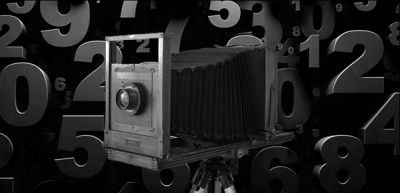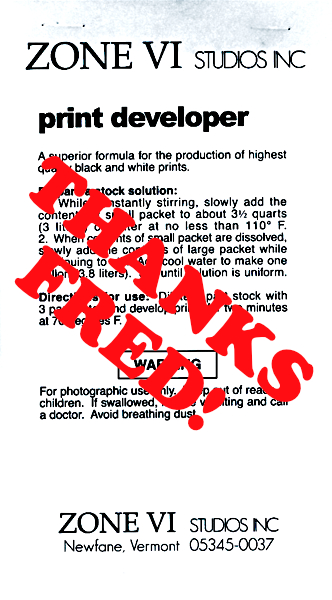 It has finally happened! I have used Zone VI chemicals for well over twenty five years now. Though we have moved on to different formulations for finished prints, we have continued to use Zone VI Print Developer for proofing. That is. . . until now. I mixed the last bag for proofing our 2015/2016 trip and that is that. This has been a looming change that has been in the back of my mind for several years now and it finally came time to do some testing. OH Drat. . . TESTING!!!
It has finally happened! I have used Zone VI chemicals for well over twenty five years now. Though we have moved on to different formulations for finished prints, we have continued to use Zone VI Print Developer for proofing. That is. . . until now. I mixed the last bag for proofing our 2015/2016 trip and that is that. This has been a looming change that has been in the back of my mind for several years now and it finally came time to do some testing. OH Drat. . . TESTING!!!
Remembering a conversation from years back someone, somewhere, said that Zone VI Print Developer was just D-72. . . or maybe Dektol? There is one sure fire way to find out. . . “TRY IT” as Fred would say. And that is exactly what I did.
I mixed a liter batch of D-72 and used the last of the Zone VI Print Developer in a side-by-side test. First I exposed two sheets of our proofing paper, set to Grade #2, to a Stouffer 21-Step Wedge. Processed one sheet in each developer and finished as usual. Both developers were diluted 1:3, all temperatures were matched and the Zone VI Compensating Developing Timer was used on each.
After the test sheets were dry, I measured them with an XRite 810 densitometer and plotted the curves with the BTZS Plotter app. I knew from the numbers they would be a near match and the resulting graph shows very little difference. That pretty much settled that. (NOTE: In the plot, the black line is D-76 and the red is Zone VI.)
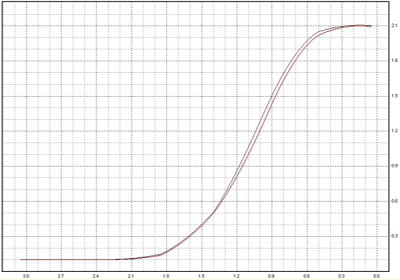
There was only one more test required to convince me, and that was making a real proof. I chose a familiar negative and exposed two more sheets of paper using this negative. Each sheet of paper was developed in the same fashion as the step wedge prints and finished as usual. The two proofs were a near identical match. The Zone VI was very slightly less contrasty, but that could have been due to the fact that the developer was old. The main thing I was looking for was to be sure the color of the two proofs were the same. They are, to my eye at least, exactly the same color. (NOTE: The proofs below, on the left is the D-72 and on the right is the Zone VI.)
All that was left to do was to make a new paper grade test to confirm the enlarger VCCL settings required to print a grade #2 and that was the end of the testing.
FYI; Here is how to calibrate a VC enlarger, “USING BTZS TO CALIBRATE A VARIABLE CONTRAST COLD LIGHT” originally published in the Sep/Oct 2007 issue of View Camera Magazine. I have added the formula for D-72 to the FORMULAS area of the jpbhphoto.com BLOG.
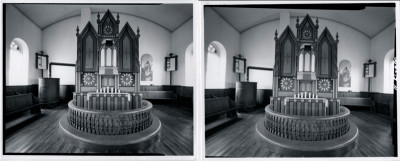
It’s a sad day but finally Zone VI, as a supplier of darkroom chemistry for us, is gone forever. The good news is, it is possible to mix your own developer and achieve the same results that we have become accustom to over the years. Proper proofing is the control and the verification that your technique is working as you think it should. It is important to keep the proofing process as consistent as possible. I believe we are good to go without Zone VI now. Thanks Fred for all you did for traditional film photography!
JB
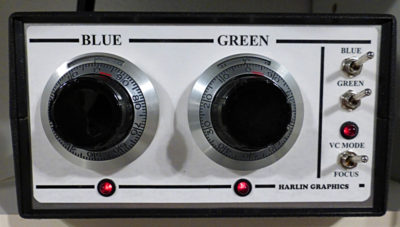

 It has finally happened! I have used Zone VI chemicals for well over twenty five years now. Though we have moved on to different formulations for finished prints, we have continued to use Zone VI Print Developer for proofing. That is. . . until now. I mixed the last bag for proofing our 2015/2016 trip and that is that. This has been a looming change that has been in the back of my mind for several years now and it finally came time to do some testing. OH Drat. . . TESTING!!!
It has finally happened! I have used Zone VI chemicals for well over twenty five years now. Though we have moved on to different formulations for finished prints, we have continued to use Zone VI Print Developer for proofing. That is. . . until now. I mixed the last bag for proofing our 2015/2016 trip and that is that. This has been a looming change that has been in the back of my mind for several years now and it finally came time to do some testing. OH Drat. . . TESTING!!!


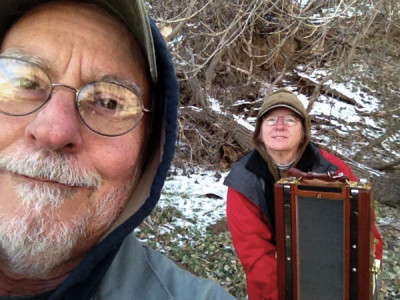
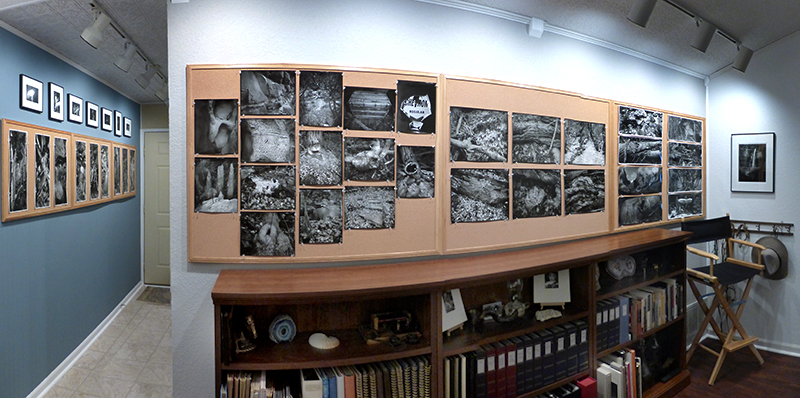
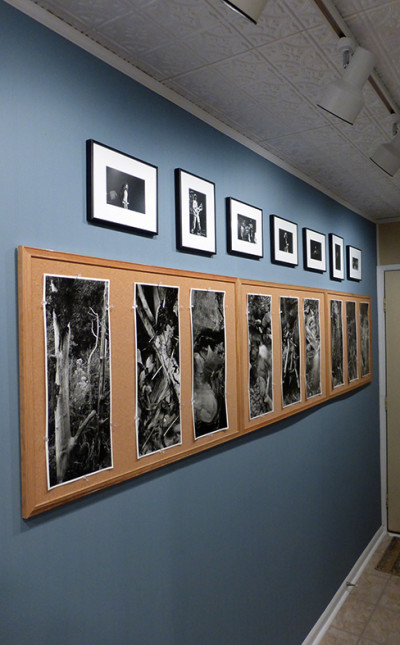
 It seems that I hear a lot of bellyaching about this or that when discussing getting out with a view camera. I wish it really were that easy, but working with large cameras and sheet film is not something that is trivial nor easy. Here are a few complaints I have heard;
It seems that I hear a lot of bellyaching about this or that when discussing getting out with a view camera. I wish it really were that easy, but working with large cameras and sheet film is not something that is trivial nor easy. Here are a few complaints I have heard;
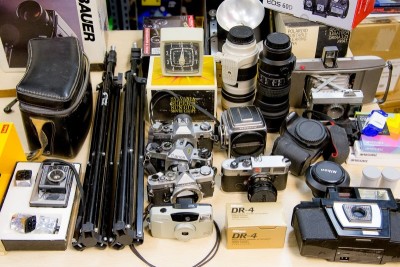
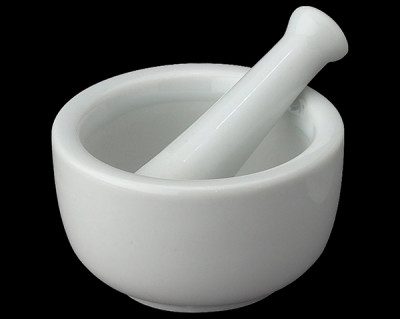 We have just updated the FORMULAS area here on the jbhphoto.com BLOG (click the link at top of the page). What you will see is mostly cosmetic with a few corrections here and there. The formatting of the older area was made of screen grabs of notes and was not that well organized. Hopefully it is now a little more tidy.
We have just updated the FORMULAS area here on the jbhphoto.com BLOG (click the link at top of the page). What you will see is mostly cosmetic with a few corrections here and there. The formatting of the older area was made of screen grabs of notes and was not that well organized. Hopefully it is now a little more tidy.
